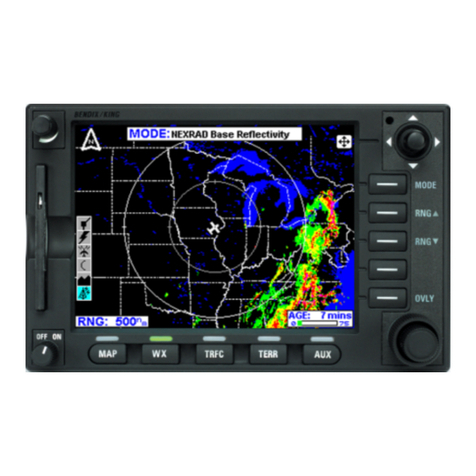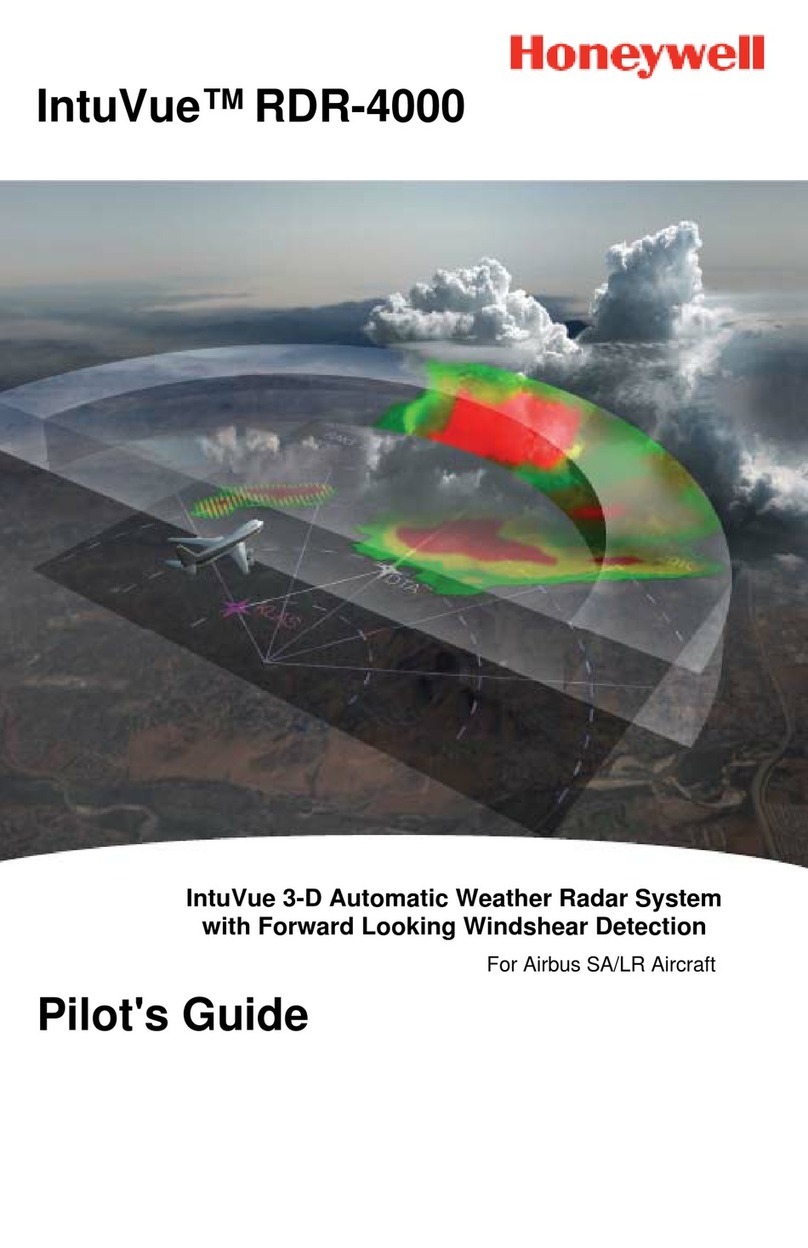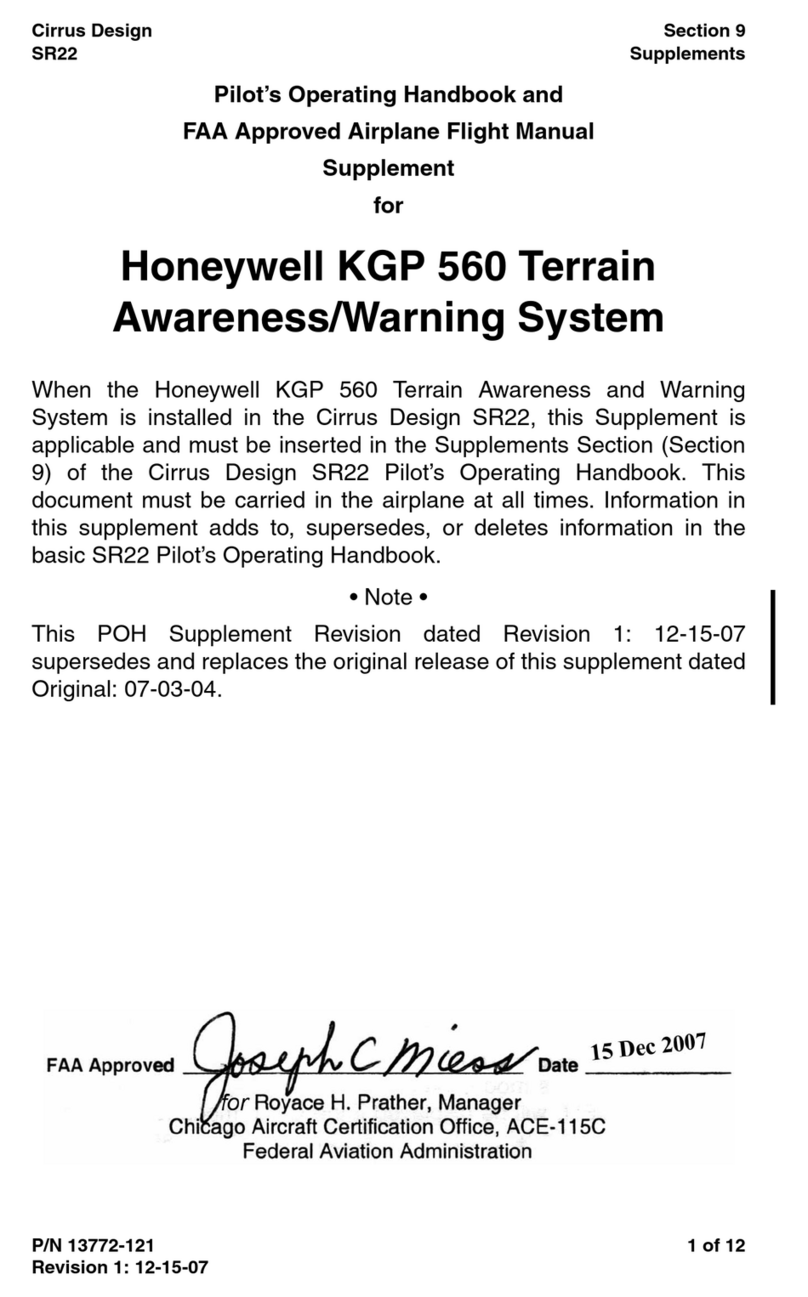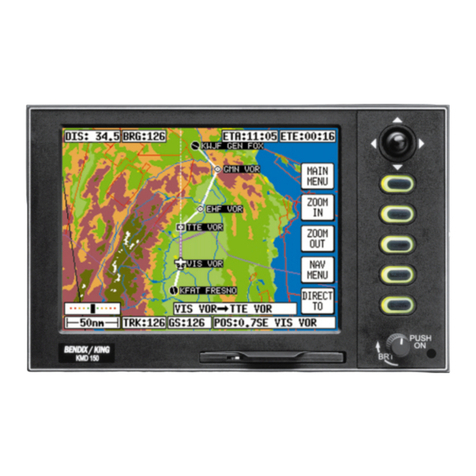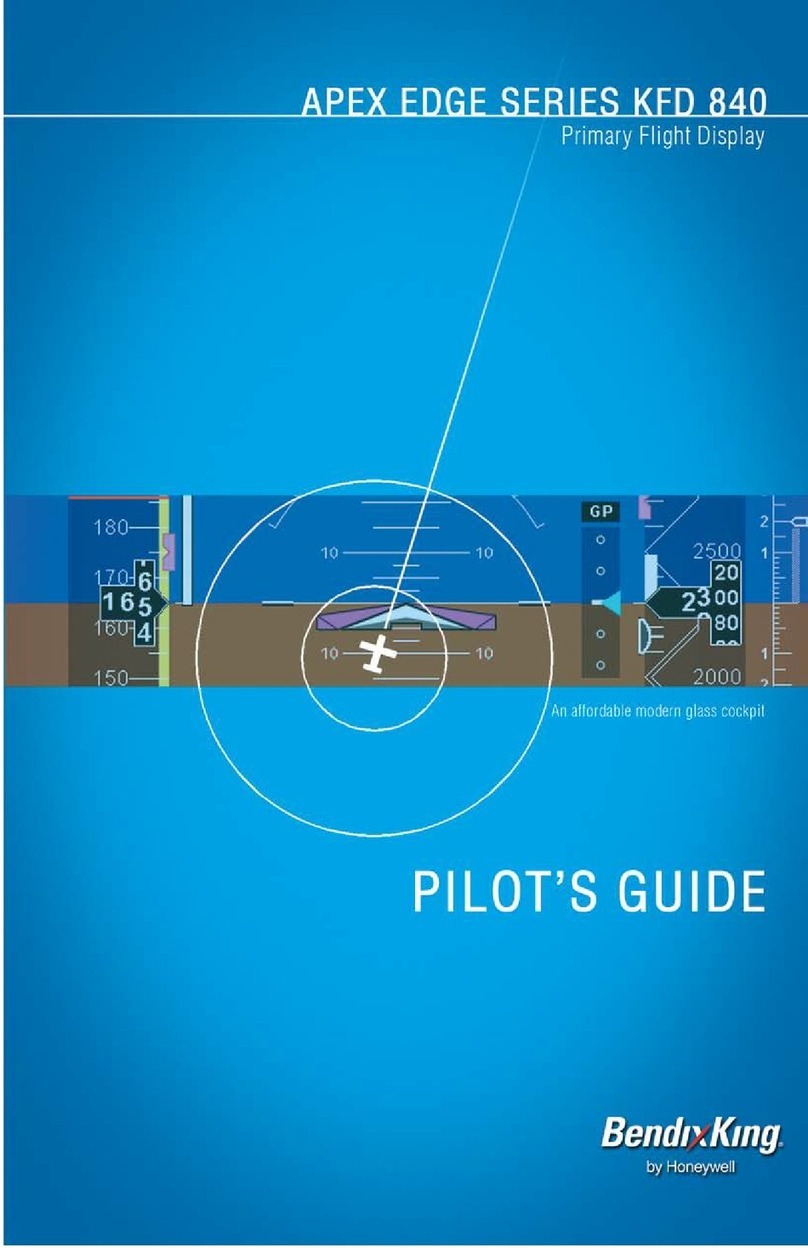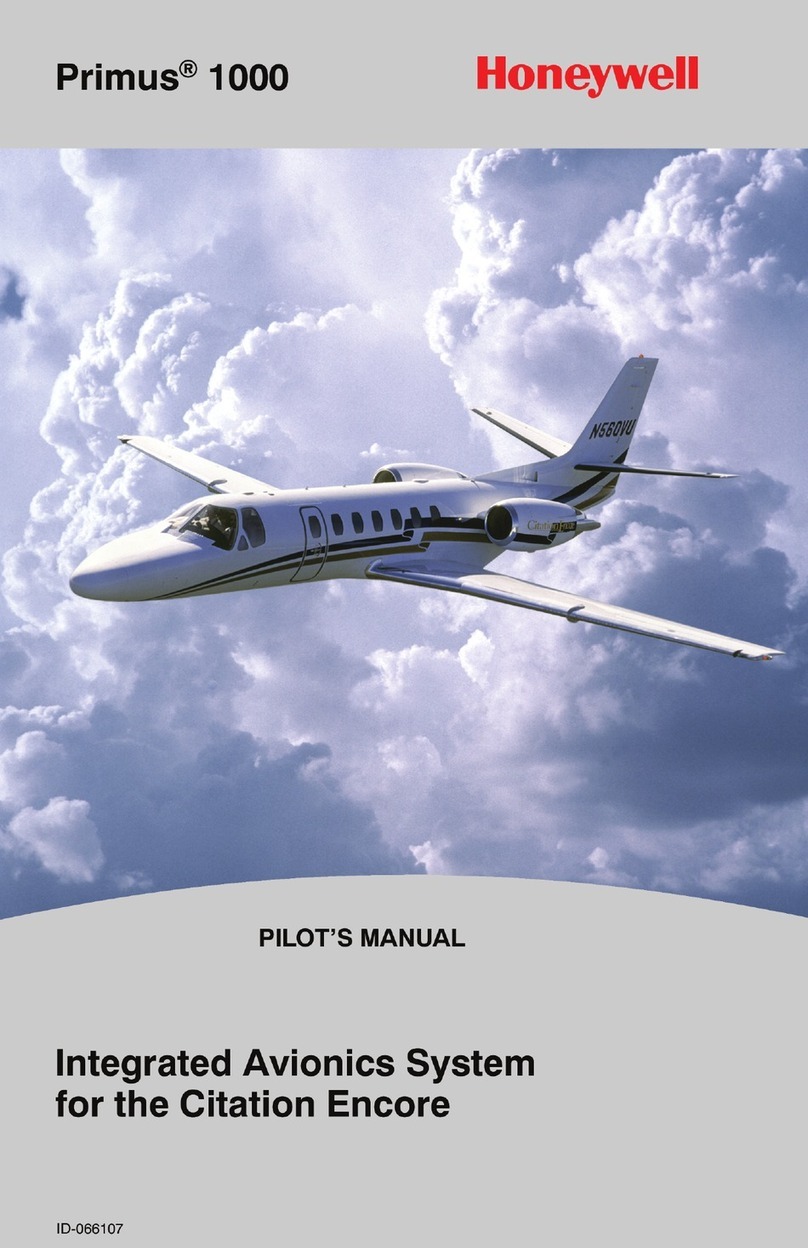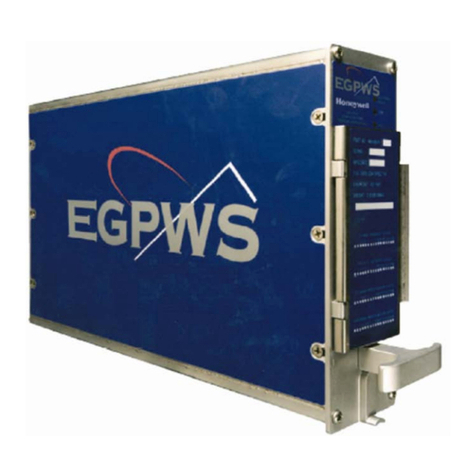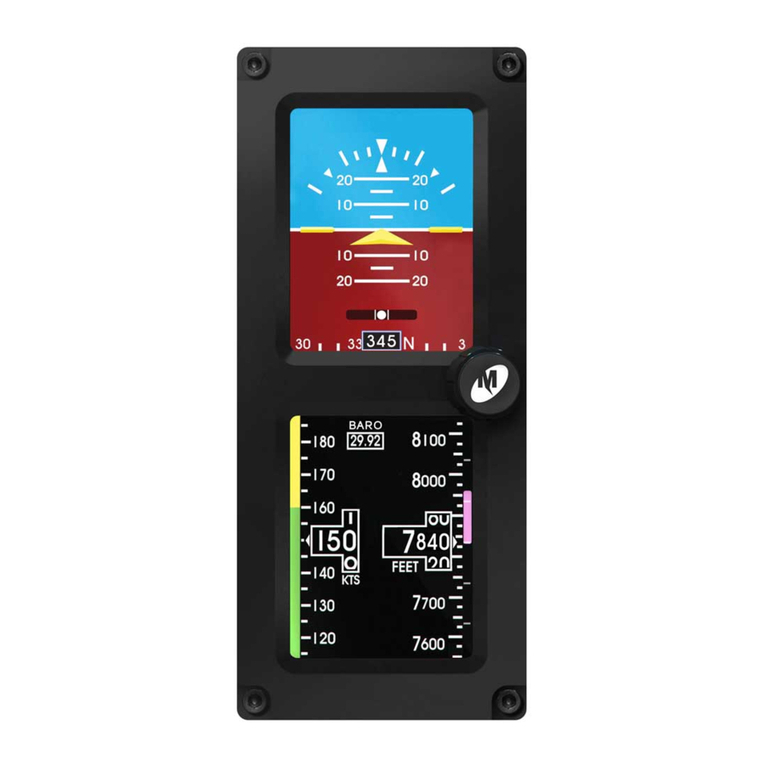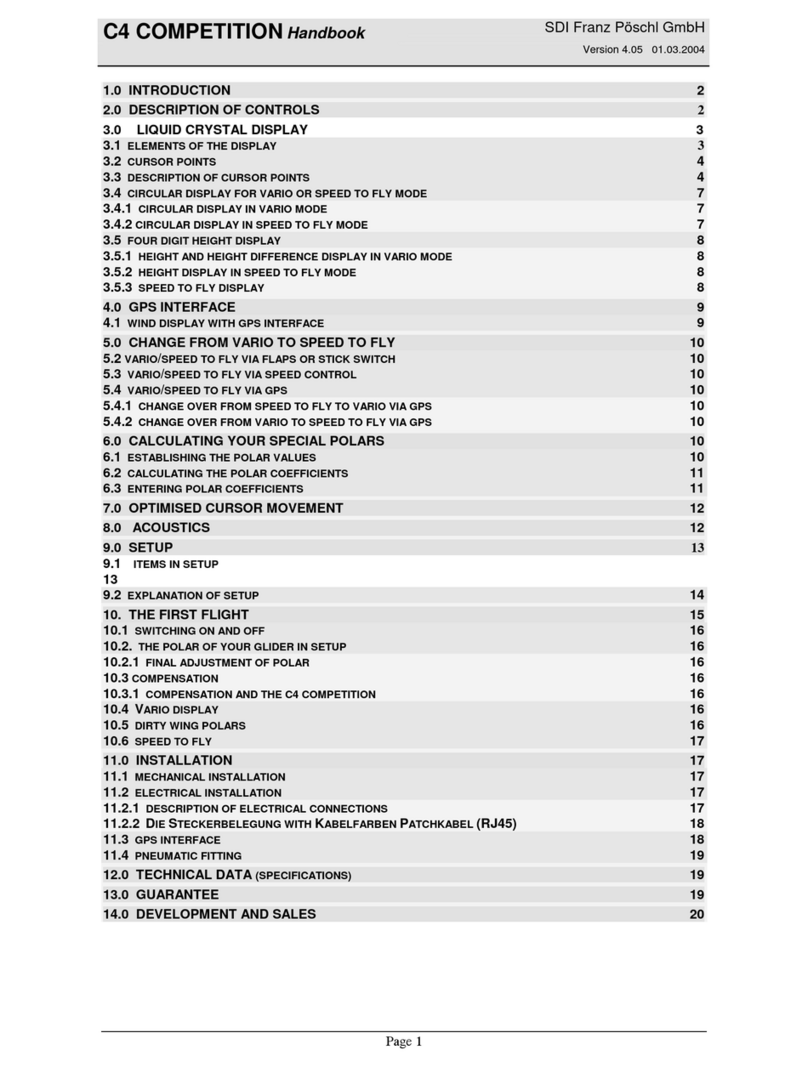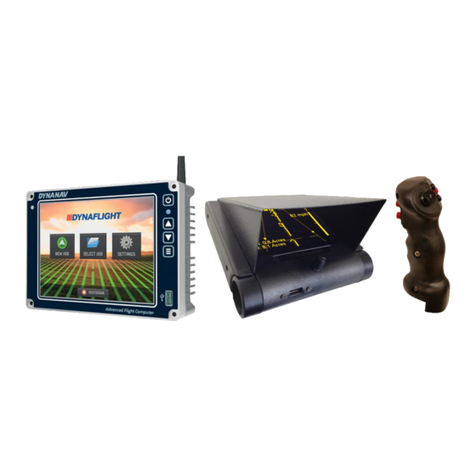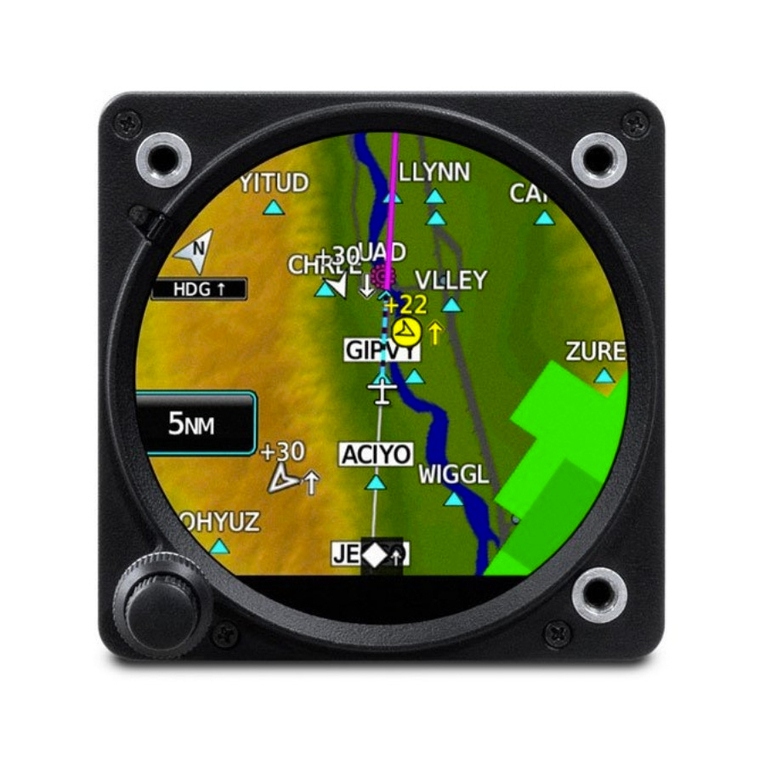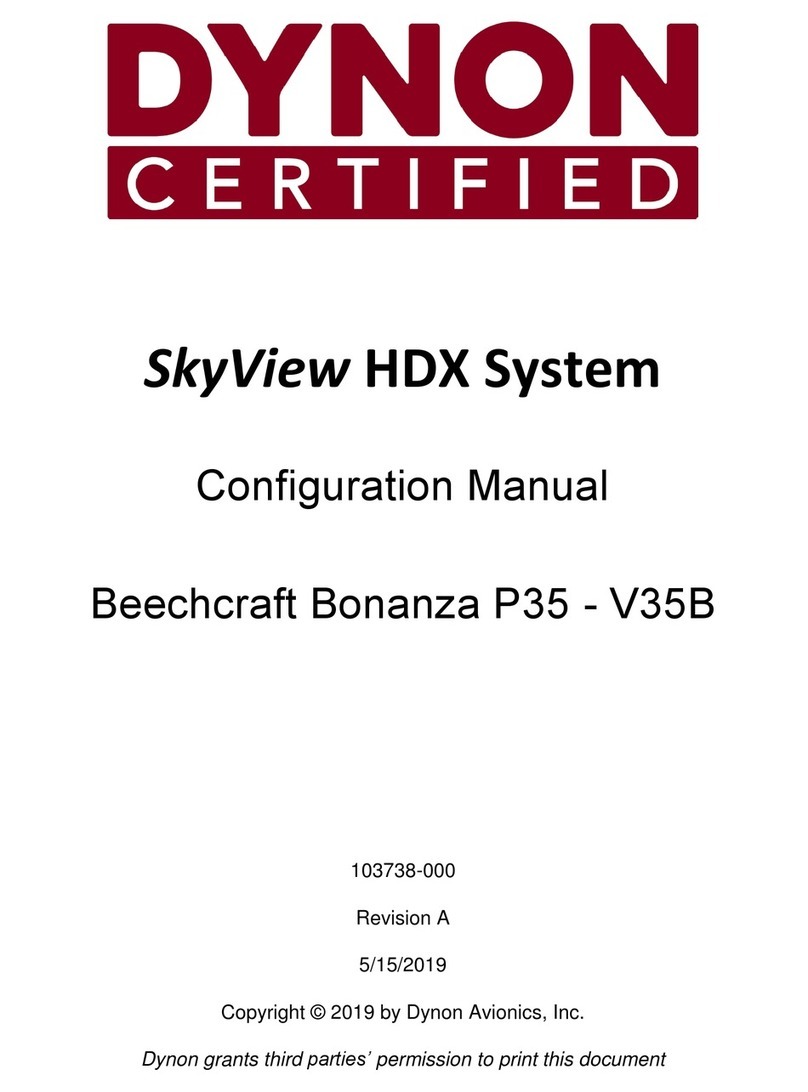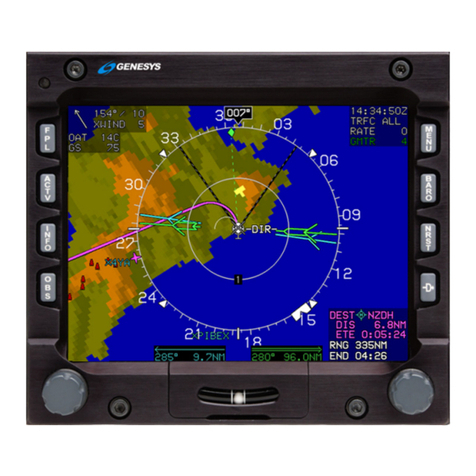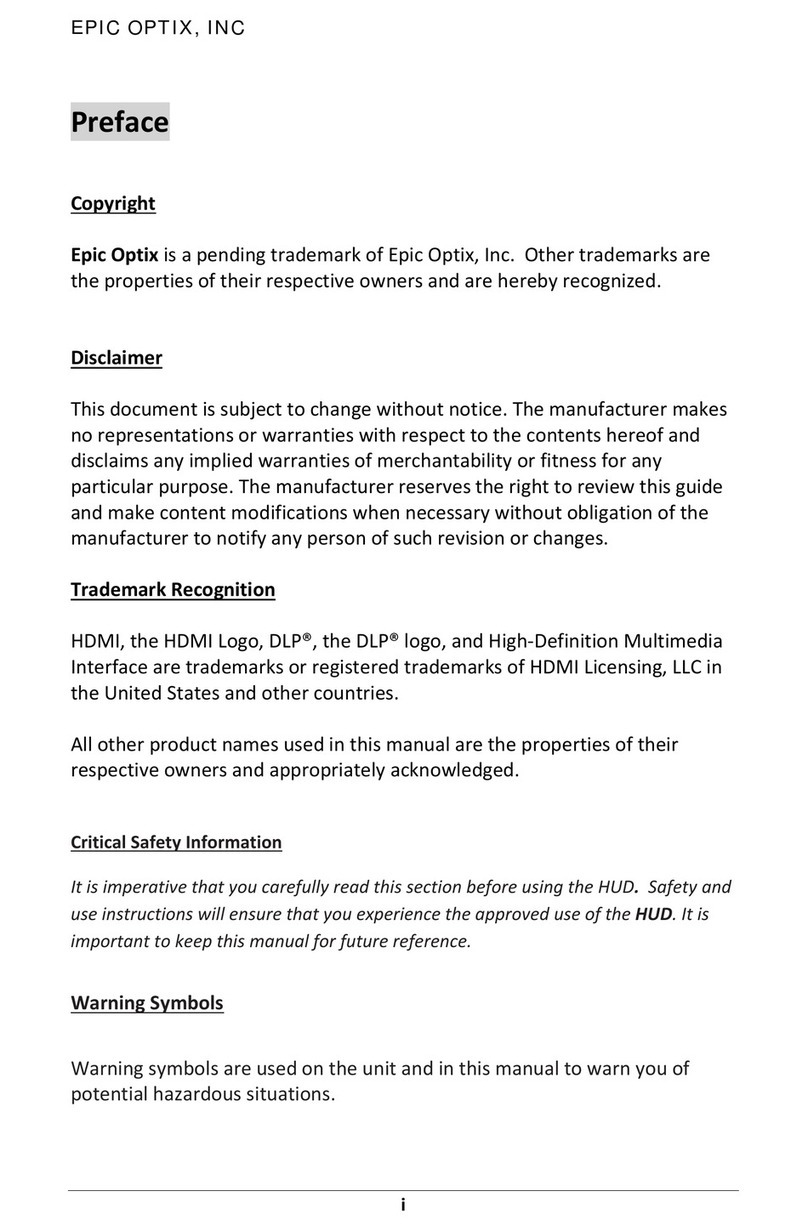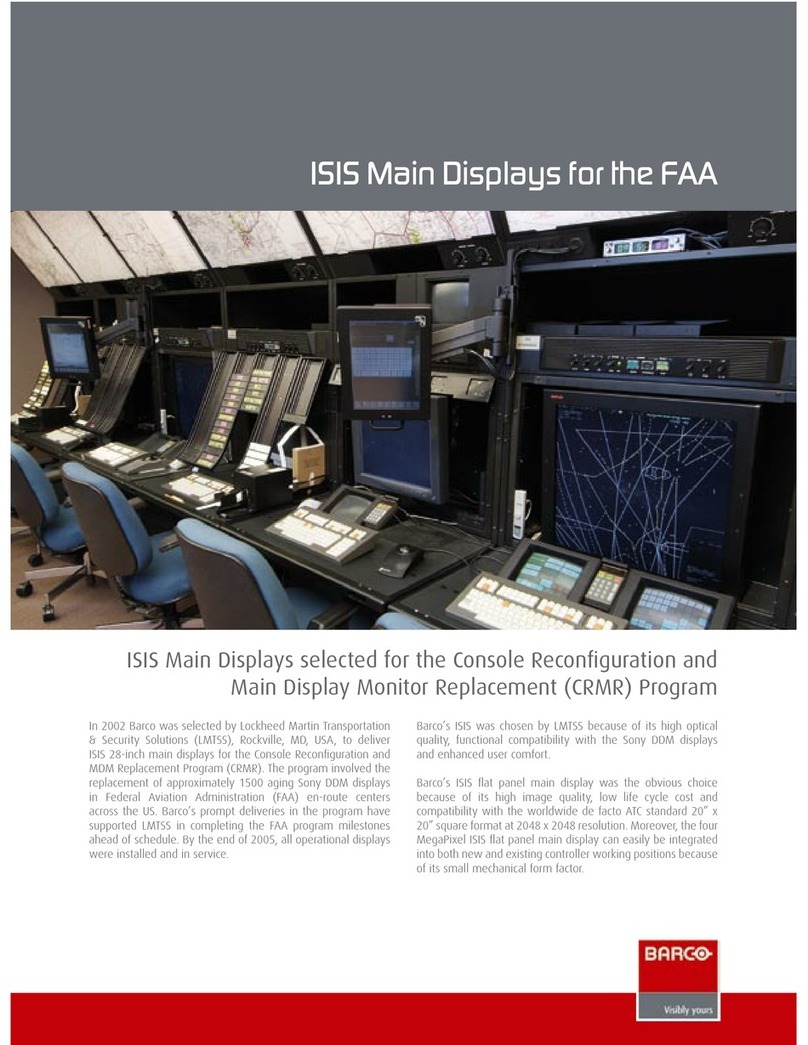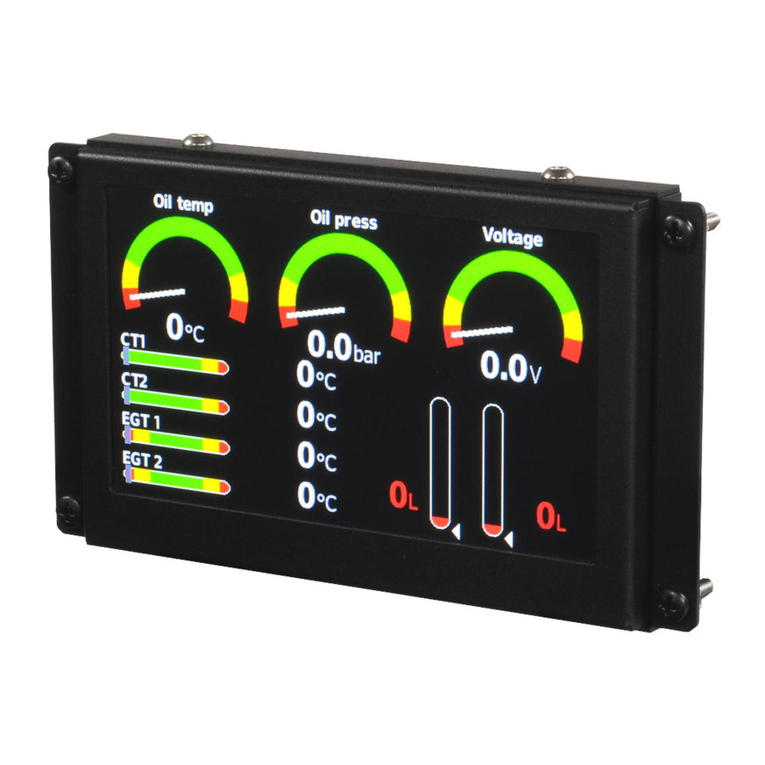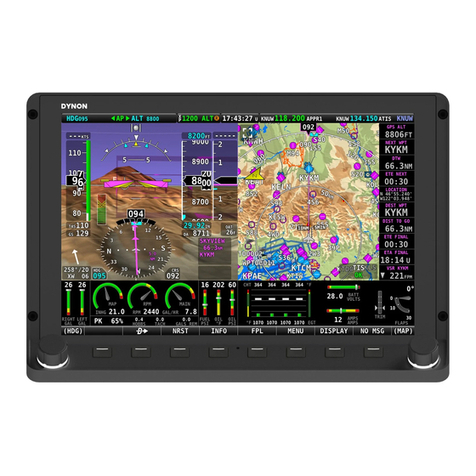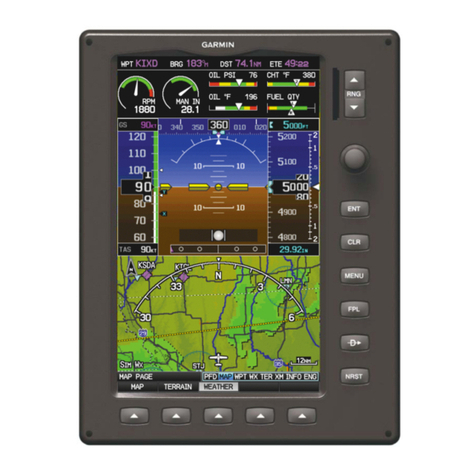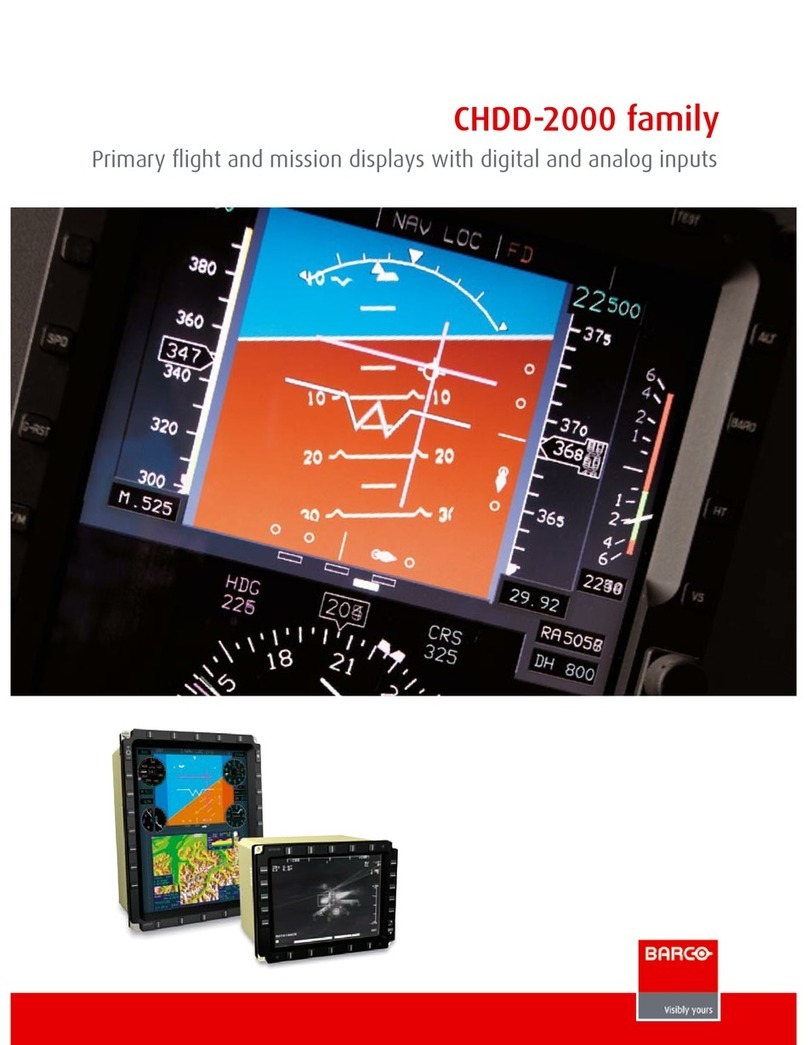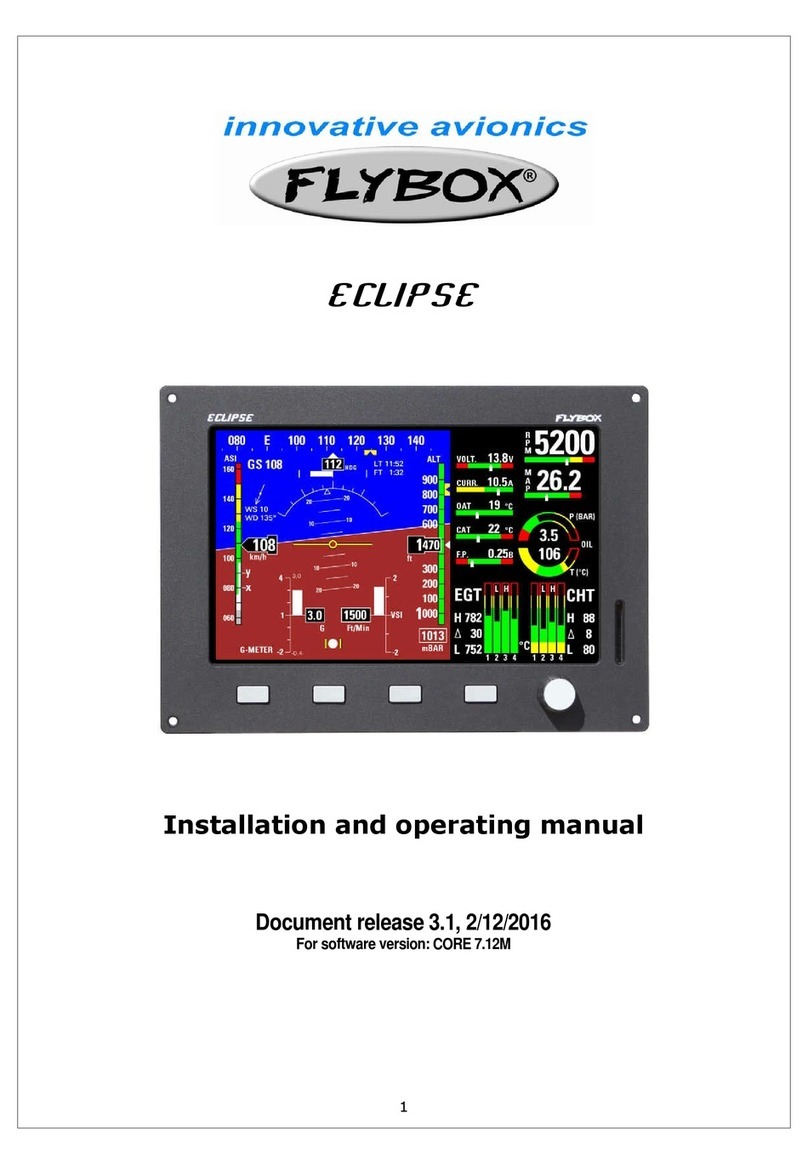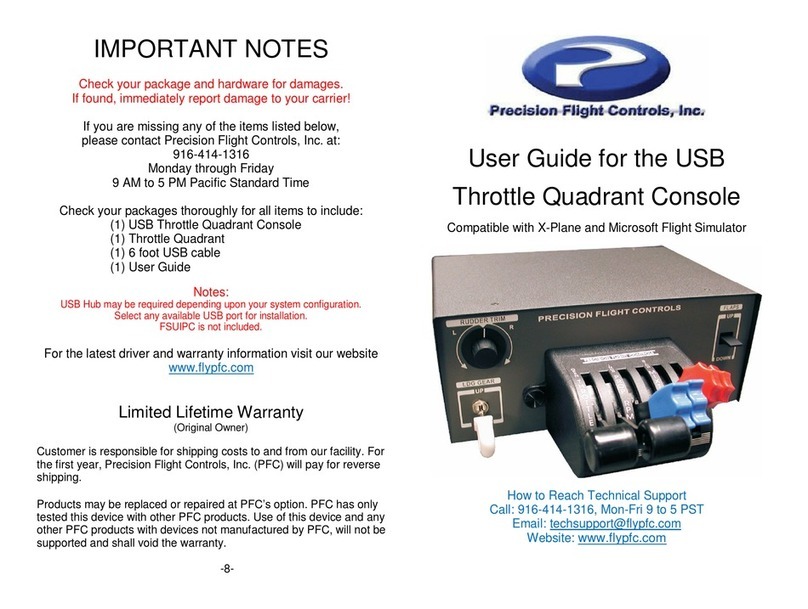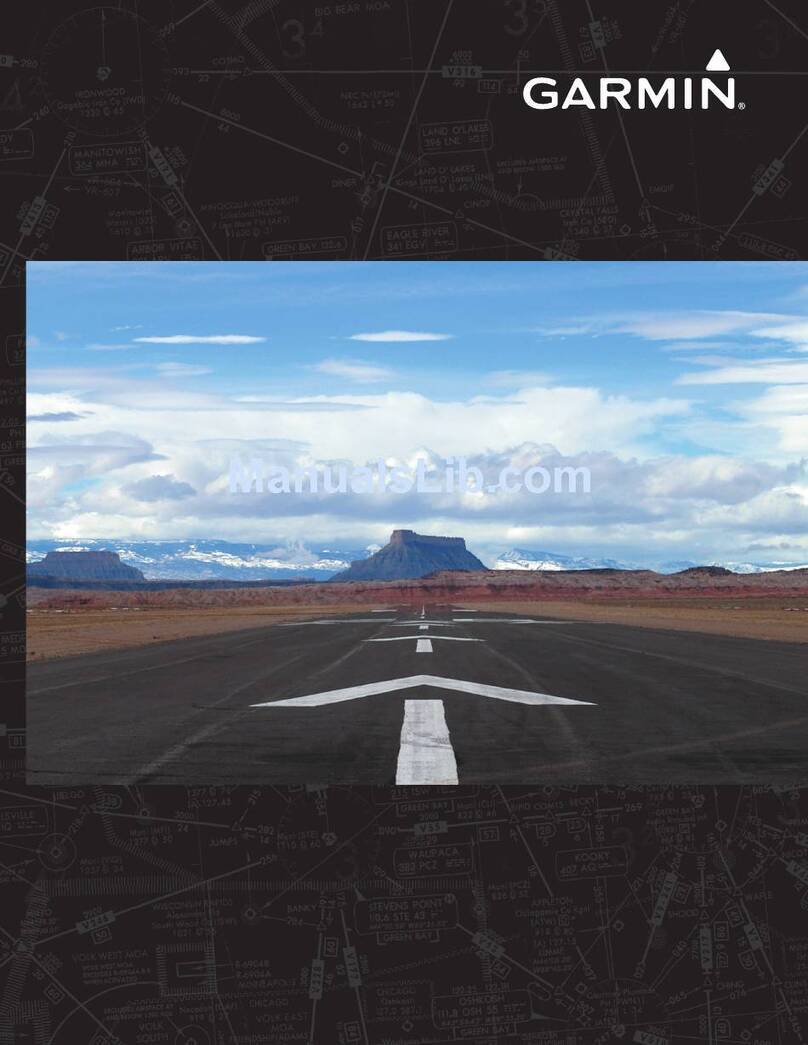
060-4241-000 • Rev. D - March 2000
MK V & MK VII EGPWS Pilot Guide 5
The EGPWS incorporates several “enhanced” features:
•Terrain Alerting and Display (TAD) provides a graphic dis-
play of the surrounding terrain on the Weather Radar
Indicator, EFIS, or a dedicated display. Based on the
aircraft’s position and the internal database, the terrain
topography (within the display range selected) that is above
or within 2000 feet below the aircraft altitude is presented on
the system display. This feature is an option, enabled by
program pins during installation.
•“Peaks” is a TAD supplemental feature providing additional
terrain display features for enhanced situational awareness,
independent of the aircraft’s altitude. This includes digital
elevations for the highest and lowest displayed terrain,
additional elevation (color) bands, and a unique representa-
tion of 0 MSL elevation (sea level and its corresponding
shoreline). This feature is an option, enabled by program
pins during installation.
•“Obstacles” is a feature utilizing an obstacle database for
obstacle conflict alerting and display. EGPWS caution and
warning visual and audio alerts are provided when a conflict
is detected. Additionally, when TAD is enabled, Obstacles are
graphically displayed similar to terrain. This feature is an
option, enabled by program pins during installation.
•Aprocess feature called Envelope Modulation utilizes the
internal database to tailor EGPWS alerts at certain geographic
locations to reduce nuisance alerts and provide added
protection.
•ATerrain Clearance Floor feature adds an additional
element of protection by alerting the pilot of possible
premature descent. This is intended for non-precision
approaches and is based on the current aircraft position
relative to the nearest runway. This feature is enabled with
the TAD feature.
•In -210-210 and later versions, a Runway Field Clear-
ance Floor (RFCF) feature is included. This is similar to
the TCF feature except that RFCF is based on the current air-
craft position and height above the destination runway
based on Geometric Altitude (see below). This provides im-
proved protection at locations where the destination runway
is significantly higher than the surrounding terrain.
What is the
EGPWS?
continued


